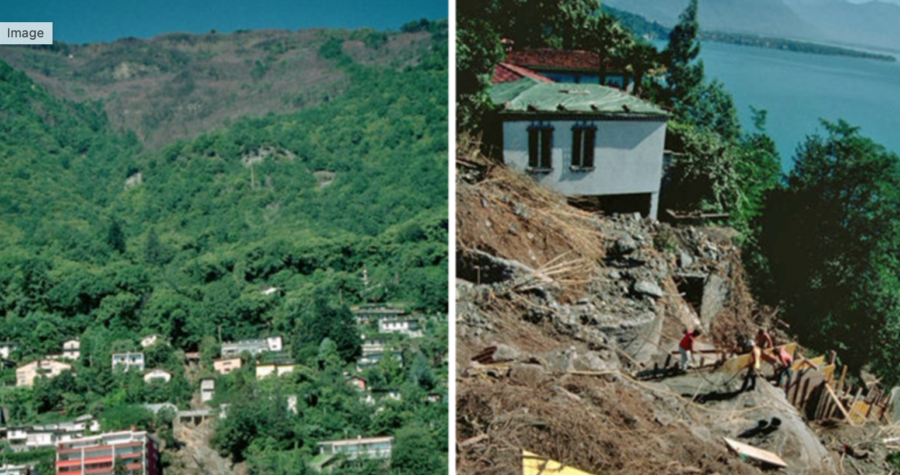New IAWF cookbook wants your recipes
Can there be too many cooks in a fire kitchen? The International Association of Wildland Fire doesn’t think so.
The IAWF will hold its annual national Cohesive Wildland Fire Management Strategy Workshop in Atlantic City, New Jersey from September 16 – 19. Before that, the IAWF (in partnership with the Wildland Fire Leadership Council — WFLC) is asking people to submit recipes for the upcoming “Cohesive Strategy Cookbook” that will be ready in time for the workshop.
But hurry up! Deadline is June 7 and those who submit recipes should provide the following:
-
-
-
- Name of recipe
- Ingredients with measurements
- Step-by-step directions
- Prep time, cook time, and total time
- Number of servings
- Photo of the prepared dish
-
-
The association also asks contributors to share the source of recipes if they aren’t original, e.g. Betty Crocker recipes.
You can submit your recipe [HERE].
Anyone who has been in a fire camp knows firefighters don’t have the privilege of gourmet-level meals. On the contrary, the USFS has received numerous requests to update and elevate firefighters’ food supply. University of Idaho researchers, for example, analyzed standard USFS food vendor menus for fire camps and found that most did not meet firefighters’ nutritional needs, including deficits of micro-nutrients, meals lacking electrolyte balances, and only minimal variety.

“We expect vendors to provide a variety of healthy options during fire season, but along with that firefighters need to understand that making healthier choices can have an impact on their performance,” researcher Heidi Holubetz said.
The USFS is expected to pass along the requests to their contract caterers with the hope of making menu modifications for the 2025 contracts. Down the road, researchers hope they can work directly with vendors for future menu updates.
READ MORE: Behind the scenes at a fire camp kitchen

















